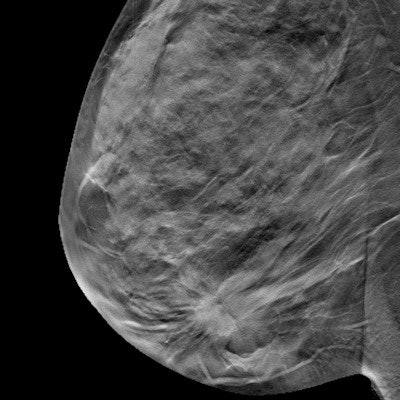
In a new study from Australia, a number of socioeconomic factors affected whether women in the Sydney area were likely to undergo breast cancer screening. The research, published on 24 August in Preventive Medicine, highlights disparities in mammography screening access.
Women were more likely to get breast screening if they had better education, spoke English in the home, or owned a motor vehicle. On the other hand, screening rates were lower if women lived farther away from the screening location.
And in a finding that baffled the researchers, women were less likely to get screening if the screening location was close to public transportation, like a bus or train stop, according to a team led by Dr. Jahidur Rahman Khan from the University of Canberra in Australia.
"These findings implicate the relevance of social and built environmental factors to programmatic aims to raise breast cancer screening participation," Khan and colleagues wrote.
Breast cancer is a leading cause of death among women worldwide. In Australia in 2019, there were an estimated 19,371 new cases of breast cancer and 3,058 deaths. Early detection helps decrease the number of deaths, but participation varies in Australia -- indeed, in August breast screening in the greater Sydney area was temporarily closed while the city fought the resurgence of COVID-19.
In the current study, researchers wanted to estimate the extent of spatial clustering of breast cancer screening participation, as well as the associations between individual-level screening participation and residential area sociodemographic features, distance to screening venue, and features at screening locations such as proximity to transit.
The team looked at data for 384,433 women who lived in the greater Sydney metropolitan area between January 2011 and December 2014. Out of the total number, 207,155 women (53.9%) were screened within six months of receiving an invitation.
Of the variables, being close to a hospital was the most likely determinant that a woman would undergo screening.
| Factors that affect breast screening participation in Sydney | |
| Location and sociodemographic features | Adjusted odds ratio |
| Screening location co-located with general practitioner | 1.272 |
| Women who speak English at home | 1.271 |
| Women who own a motor vehicle | 1.176 |
| Women with at least a bachelor's degree | 1.040 |
| Bus stop near screening location | 0.764 |
| Train station near screening location | 0.681 |
| Distance to location > 2.84 to 4.17 km | 0.606 |
| Distance to location > 8.2 km | 0.321 |
Researchers called the negative association between public transit and shops and screening participation "counterintuitive," since these features are often claimed as important in enabling and encouraging participation.
Women, however, were more likely to be screened if the screening venue was co-located with a general practitioner (AOR = 1.272).
Compared to women who were not screened, women who were screened tended to live in areas with greater median age of women (between 50 and 74 years), speak English at home, were university-educated, had full-time employment, and had access to motor vehicles.
Researchers said their results implicate the relevance of social and built environmental factors as targets for programmatic initiatives to raise screening participation. They also said they highlight the need for more studies on why breast cancer screening is negatively related to accessible public transit and the presence of shops, features "often claimed as important to enable and encourage" participation.
The study authors added that these findings can be used to develop strategies and policies tailored to where residents live, to enhance breast cancer screening participation and reduce disparities.
"Although some aspects of environmental features may be conducive to policy development, further research is required to fully understand the relationship between some environmental features, such as screening venue location, and breast cancer screening participation," they said.



















